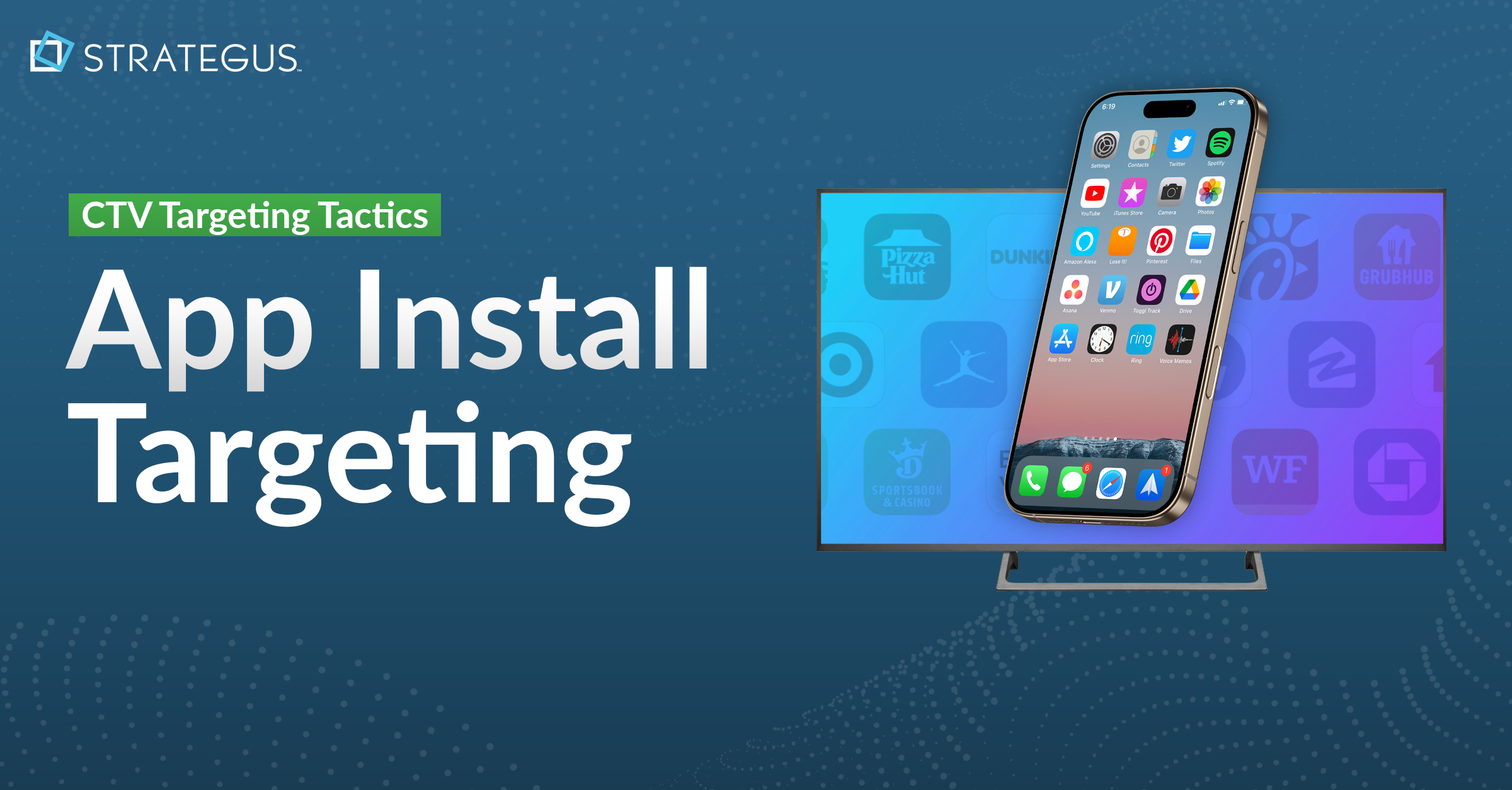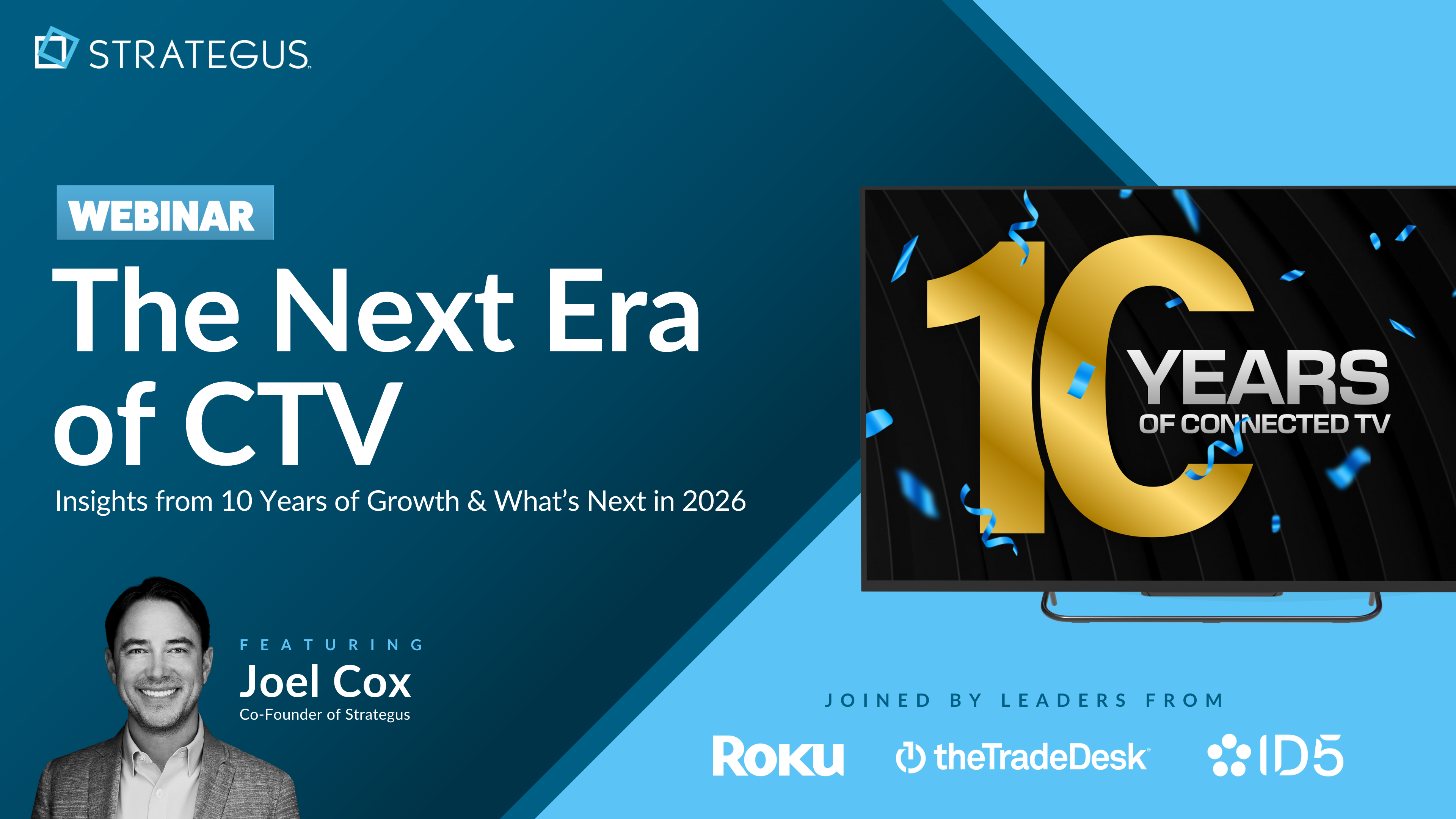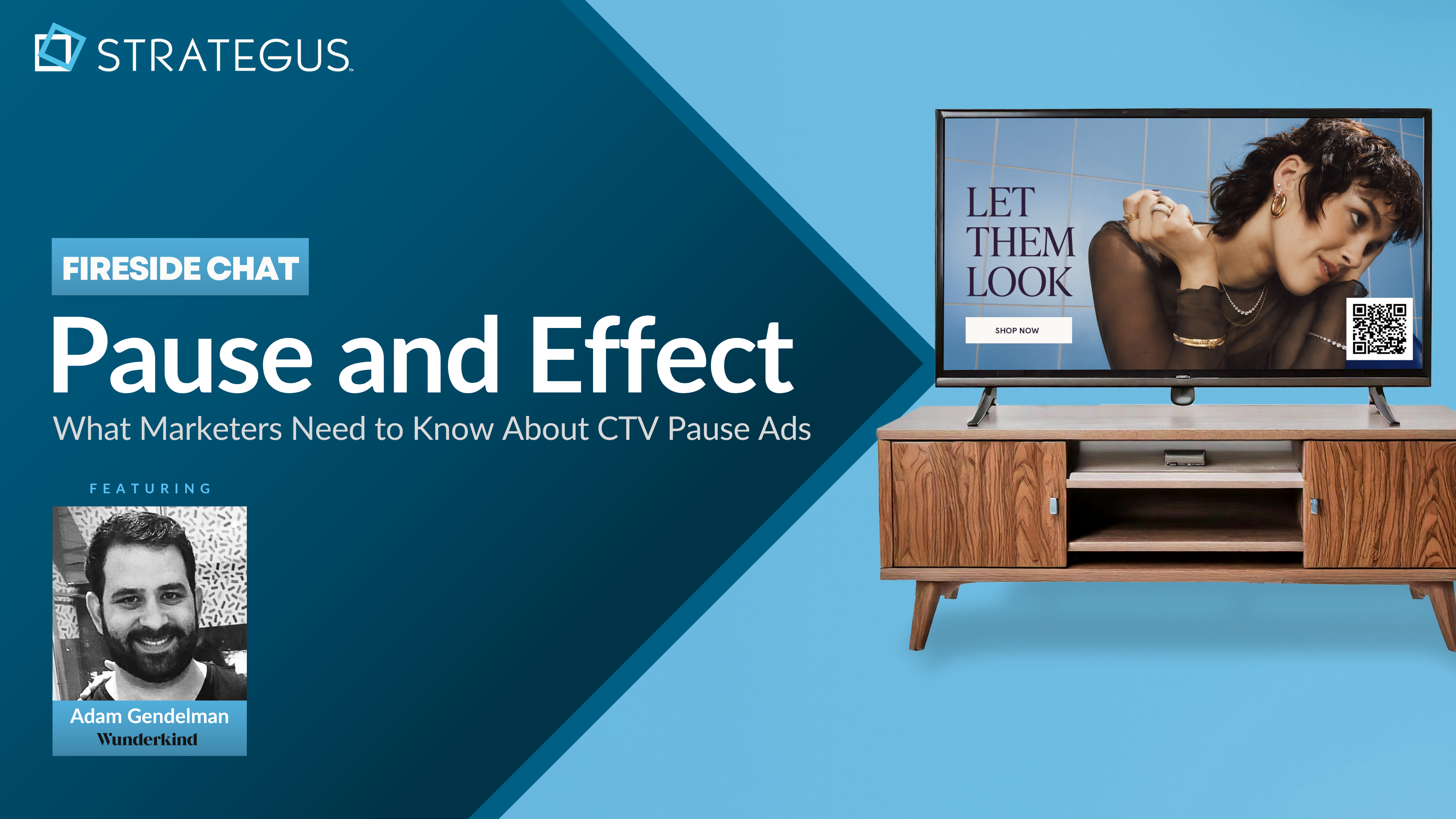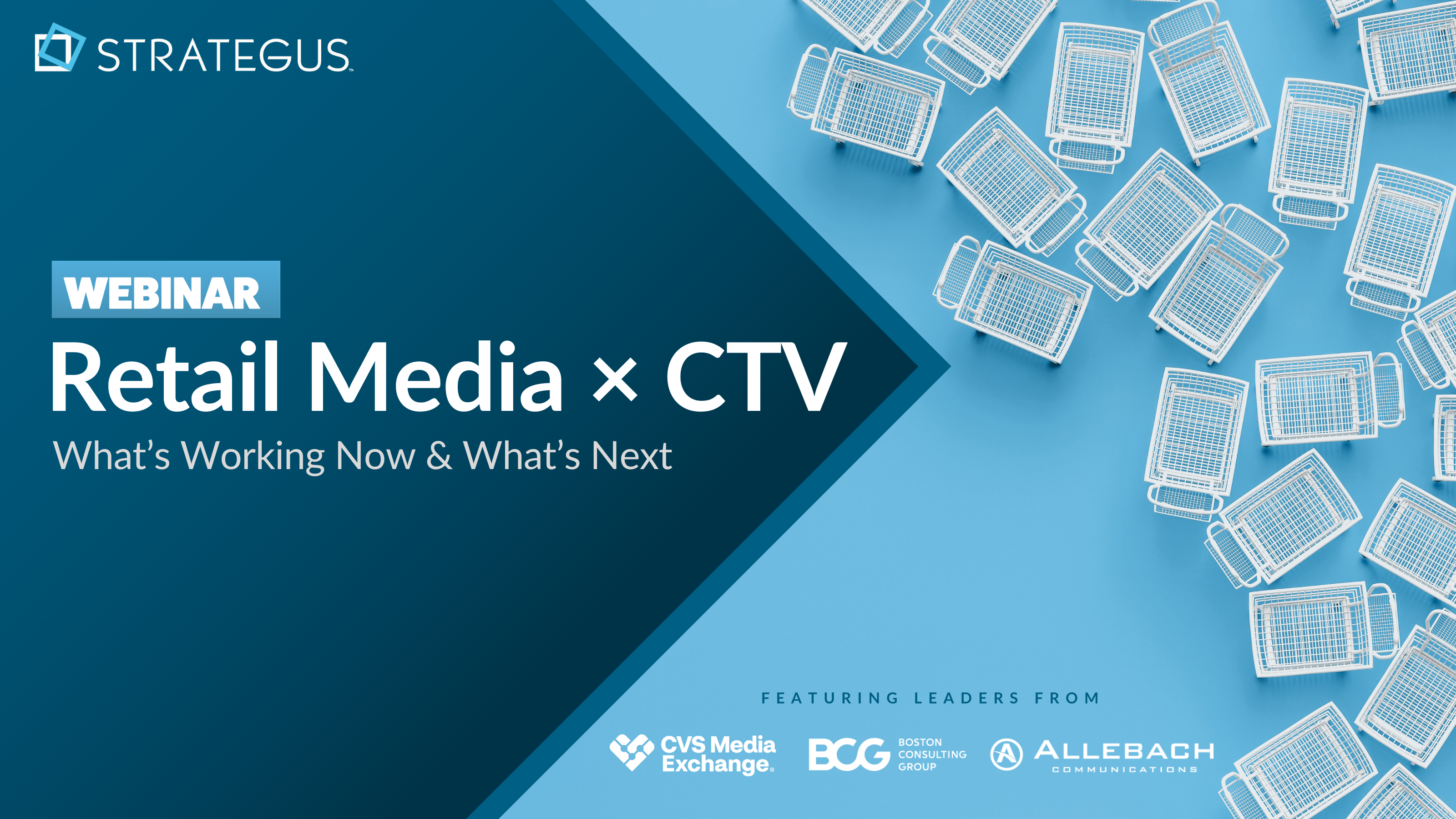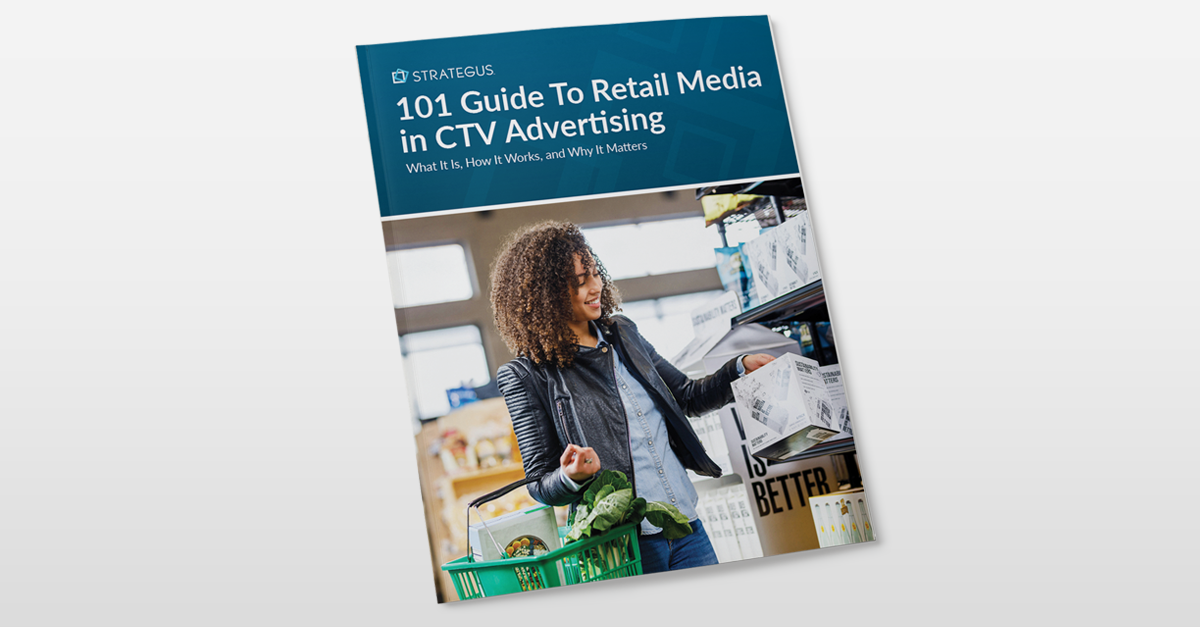- Home
- Strategus Blog
- Ad Server vs DSP: Key Differences And Similarities
Ad Server vs DSP: Key Differences And Similarities
9 minutes read
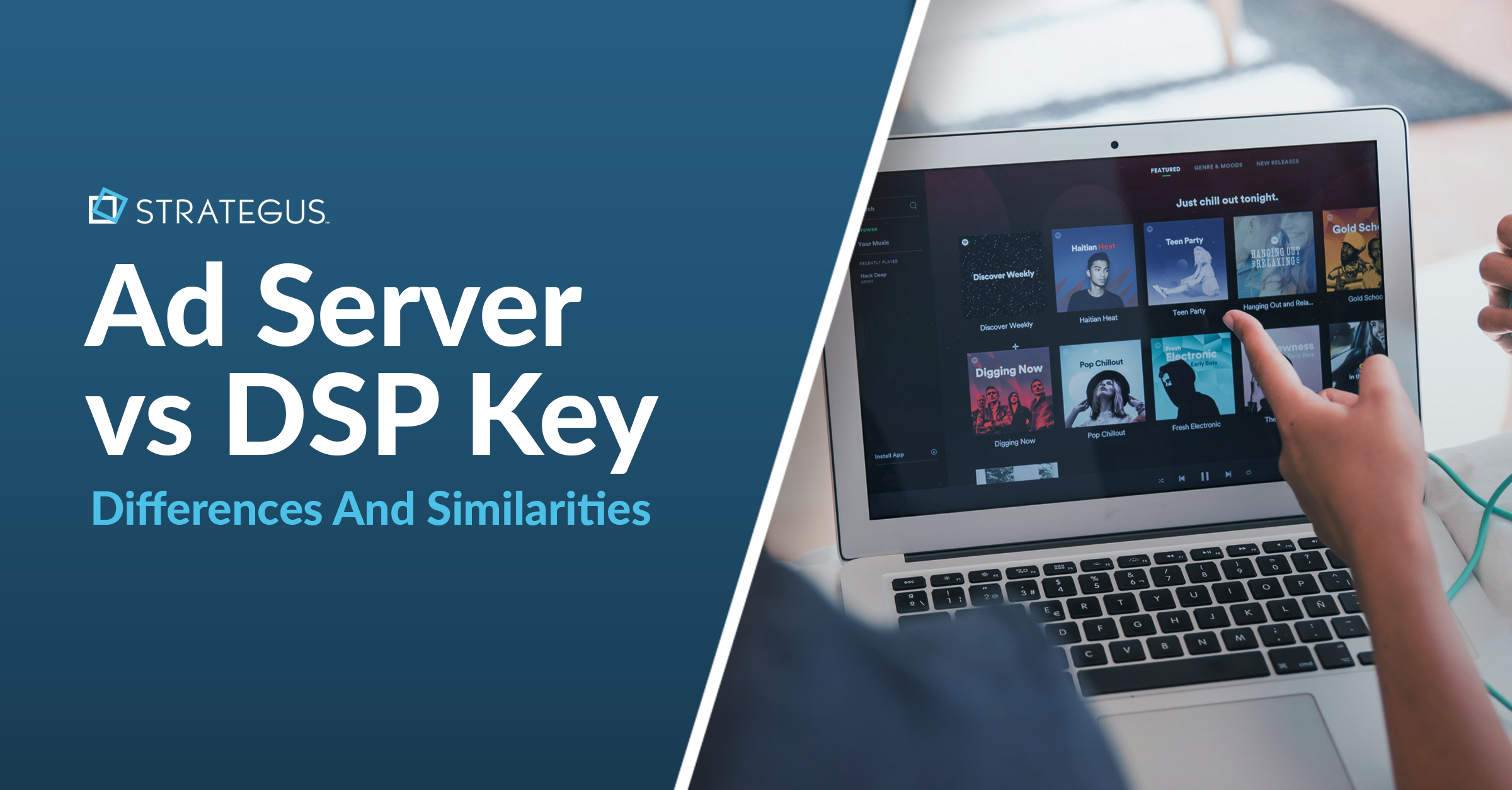
The ad tech world loves its acronyms. DSP, SSP, DMP, CDP; sometimes it feels like the industry is actively trying to confuse newcomers. But working your way through these acronyms and figuring out what these platforms do can be pretty maddening.
Take ad servers and DSPs. Both handle digital advertising. Both involve complex technology. Both can make or break your campaigns. Yet ask ten industry professionals to explain the difference, and you'll get ten slightly different answers; each one technically correct but somehow incomplete.
Ad servers and DSPs represent two different branches of the same digital advertising tree. One emerged from the need to organize and deliver ads efficiently. The other arose when advertisers demanded smarter, more targeted ways to buy media. Today, they're converging in ways that make the distinction both more important and more nuanced than ever.
This article maps out the actual differences that matter, not just for technical teams, but for anyone making decisions about digital advertising. You'll walk away knowing exactly when to use which tool, why certain features overlap, and how to build a tech stack that actually serves your goals instead of complicating them.
Key Takeaways
- Ad servers store, serve, and track ads, while DSPs automate real-time media buying across multiple publishers and platforms.
- Ad servers offer precise placement control and are ideal for direct publisher deals; DSPs excel in audience targeting and scale.
- DSPs enable fast, data-driven campaigns with real-time bidding, cross-device targeting, and advanced attribution capabilities.
- Ad servers are suited for fixed pricing and brand safety; DSPs provide dynamic pricing with broader inventory and optimization tools.
- The most effective strategies integrate both tools, using ad servers for control and DSPs for reach, speed, and performance tracking.
- Strategus combines DSP automation with ad serving expertise to deliver fully managed, high-performance CTV and digital campaigns. Speak to a Strategus expert to learn more today.
What Is an Ad Server?
Think of an ad server as the digital world's filing cabinet and delivery truck rolled into one. Ad servers have been the backbone of digital advertising since 1995 and continue to play a paramount role in modern ad delivery.
The fundamental purpose of an ad server is fairly straightforward: store ads from various campaigns, decide which ads to show to which visitors, and track how people interact with those ads. It's the digital equivalent of a warehouse manager who knows exactly where everything is stored and when to ship it out.
How Ad Servers Work
The process follows a predictable path that begins with creative storage and culminates in performance data. First, advertisers upload their creative assets to the server. These might be video files for CTV campaigns, display banners, or interactive HTML5 units. Next comes the rule-setting phase. Advertisers define targeting parameters, such as geographic location, time of day, or frequency caps.
When a user visits a website or opens an app, the ad server springs into action. It evaluates the available inventory against the campaign rules and selects the most appropriate ad to display. This occurs in milliseconds, before the page has even finished loading.
After delivery, the ad server tracks basic metrics, including impressions served, clicks received, and conversions (if properly configured). This data flows back to advertisers through reporting dashboards, giving them visibility into campaign performance.
Who Uses Ad Servers?
Publishers rely on first-party ad servers to manage their available inventory and maximize revenue from their digital properties. They use these tools to organize ad slots across their websites, apps, or streaming services. Publishers can set floor prices, manage direct deals with advertisers, and control which types of ads appear on their properties.
Advertisers turn to third-party ad servers for campaign management across multiple publishers. These platforms let them store creative assets in one place, manage frequency capping across sites, and get unified reporting for all their campaigns. Large brands often use ad servers to maintain consistency across hundreds of different publisher relationships.
Ad networks and agencies use ad servers as the operational backbone of their business. They need to manage campaigns for multiple clients while maintaining relationships with numerous publishers. For these players, ad servers provide the infrastructure to operate at scale while keeping client campaigns organized and measurable.
What Is a DSP (Demand-Side Platform)?
A demand-side platform transforms media buying from a manual negotiation process into an automated, data-driven system. Instead of calling publishers to reserve ad space, DSPs let advertisers compete for impressions in real-time as viewers consume content.
The entire process happens faster than you can blink. When someone opens their streaming app to watch their favorite show, a complex auction takes place. The platform sends out a signal that ad space is available, including anonymous information about the viewer. Multiple advertisers evaluate this opportunity through their DSPs, submit bids based on their targeting criteria, and the winner gets their ad displayed. All of this happens in under 100 milliseconds.
The DSP Ecosystem
DSPs connect to the broader programmatic ecosystem through several key relationships:
- Supply-Side Platforms (SSPs) represent the publisher side of the equation. They aggregate inventory from streaming services, websites, and apps, making it available for programmatic purchase. DSPs integrate directly with SSPs to access this inventory without the need for intermediaries.
- Data Management Platforms (DMPs) upgrade targeting capabilities by providing third-party audience data. While privacy changes are reshaping this relationship, DMPs still help DSPs understand audience behaviors and preferences beyond basic demographics.
- Ad Exchanges serve as neutral marketplaces where DSPs compete for inventory. Major exchanges, such as Google Ad Exchange or Amazon's advertising platform, process billions of bid requests daily, providing DSPs with access to a massive scale.
- Brand safety and verification partners integrate with DSPs to prevent ads from appearing alongside inappropriate content. These partnerships have become increasingly important as advertisers demand more control over where their messages appear.
Key Capabilities of a DSP
Modern DSPs have evolved into powerful command centers that fundamentally change how advertisers buy media:
- Real-time bidding intelligence operates at a scale that's hard to comprehend. A single DSP processes over 10 million bid requests per second, evaluating each one against 300+ variables in under 100 milliseconds. These algorithms factor in everything from weather patterns affecting user behavior to competitive bid landscapes that shift by the hour. For instance, a DSP might automatically increase bids for winter coat ads when temperatures drop below 40°F in specific zip codes, while simultaneously reducing bids in regions where competitors have exhausted their budgets.
- Audience targeting precision has reached surgical levels. DSPs now combine first-party CRM data with third-party behavioral signals and contextual indicators to build audience profiles with 85-90% accuracy rates. A luxury car brand can target not just "high-income individuals," but specifically "people who've researched competitors' vehicles in the past 30 days, live within 25 miles of a dealership, and show patterns indicating an upcoming lease expiration." The best DSPs layer 15-20 different data sources to create these segments, far beyond the basic demographic targeting of five years ago.
- Cross-device identity resolution solves advertising's most persistent challenge. Leading DSPs now maintain identity graphs covering 250+ million users across an average of 5.2 devices each. When someone researches vacation destinations on their work computer during lunch, a sophisticated DSP can serve them related ads on their smart TV that evening with accuracy rates approaching 93% for logged-in users. This technology uses deterministic matching (email logins) combined with probabilistic signals (IP addresses, browsing patterns) to maintain user privacy while ensuring message continuity.
Ad Server vs DSP: Head-to-Head Comparison
Let's cut through the complexity and look at how these technologies stack up across key dimensions that matter to advertisers.
Buying Process and Automation
Ad servers primarily involve ad tags and trade ad placements utilizing a waterfall auction, where the highest-priority advertiser wins an auction despite its bid. You can win an impression by setting CPM at $1.5 and having a premium priority, while your rival will concede it with $5 CPM and low priority.
DSPs completely flip the table here. Real-time bidding auction means that all advertisers are on par with each other. The highest bid defines the winner: if you place a $4.3 CPM and all other bids are lower than $4, you win the impression. This democratization of inventory access has changed how advertisers compete for audience attention.
Targeting Precision and Scale
Ad servers excel at placement-level control. You know exactly which publishers, sections, or even specific content your ads will appear alongside. This precision is valuable for brand safety and contextual relevance, but it limits your reach to predetermined inventory.
DSPs trade placement control for audience precision. Instead of buying "the homepage of a news site," you're buying "people who visited car dealership websites in the last 30 days." This approach finds your audience wherever they consume content across thousands of publishers.
The scale difference is dramatic. A typical ad server direct deal might encompass dozens of sites. A DSP campaign can reach the same audience across thousands of publishers, apps, and CTV platforms simultaneously.
Speed and Flexibility
Setting up an ad server campaign follows a predictable but slow path. Negotiate terms with publishers, sign insertion orders, traffic creative assets, and wait for campaigns to launch. Making changes mid-campaign often requires renegotiating with publishers.
DSP campaigns can launch within hours. Upload creative, set targeting parameters, define budgets, and start bidding immediately. DSP's simplicity attracts all kinds of advertisers, from newcomers to the industry who serve only thousands of impressions per month to established players who seek more control and transparency of their programmatic media buying.
Measurement and Attribution
Ad servers provide reliable but basic metrics. They track impressions, clicks, and sometimes post-click conversions. This data is accurate for direct response campaigns but struggles to capture the full impact of awareness-building efforts.
The DSP ad serving platform is famous for its real-time analytics and automated optimization features to minimize the time spent on ad campaign management. Modern DSPs go beyond click-through rates to measure viewability, attention metrics, and sophisticated attribution models. They can track users across devices and tie ad exposure to offline actions like store visits or purchases.
Cost Structure and Transparency
Direct deals through ad servers typically involve fixed CPMs negotiated upfront. You know exactly what you'll pay for each thousand impressions, but these rates often include premium pricing for guaranteed delivery.
DSP pricing fluctuates based on market dynamics. You might pay different amounts for similar audiences depending on competition, time of day, or seasonal factors. While this variability can be challenging to predict, it often results in lower average costs than fixed-price deals.
Hidden fees present another consideration. A DSP is free-to-use, yet has a hidden bid markup, while there is no bid markup in an ad server, but you pay a platform fee depending on the number of your monthly impressions.
When to Use Each Technology
|
Use Ad Servers When: |
Use DSPs When: |
|
Brand safety requires specific placement control |
Audience reach matters more than placement |
|
You have established publisher relationships |
You need to scale quickly across publishers |
|
Campaign involves custom creative executions |
Performance optimization is the primary goal |
|
Fixed pricing provides budget certainty |
You want to pay market rates for inventory |
|
Simple metrics suffice for measurement |
Advanced attribution drives decision making |
There's no right or wrong answer here.
Most sophisticated advertisers use both technologies or work with partners who've integrated them seamlessly. At Strategus, we combine enterprise-grade DSP capabilities with managed ad serving to deliver CTV campaigns that actually perform.
Our clients tap into advanced targeting across 200+ premium publishers while our team handles the complex optimization work. This integrated approach means agencies never have to choose between sophisticated technology and reliable execution; they get both, plus the expertise to make it all work together. It's why we manage everything from test campaigns to multi-million dollar launches.
Why Strategus Is Your Best Partner for Programmatic Success
Navigating the complexity of ad servers and DSPs doesn't have to be overwhelming. At Strategus, we've spent years perfecting the integration of these technologies to deliver exceptional results for our clients.
We're not just another vendor pushing buttons on a platform. We're your hands-on partner in programmatic success. Our team brings together deep technical expertise, premium inventory relationships, and battle-tested campaign strategies to help you achieve your goals without getting bogged down in technical details.
What Sets Us Apart
- Unified Technology Stack: We've integrated best-in-class DSP capabilities with ad serving and measurement tools. You benefit from both technologies without managing multiple vendors or platforms.
- Premium Inventory Access: Our relationships with over 200 publishers helps make your campaigns run on high-quality content that reflects positively on your brand. No more worrying about where your ads appear or whether you're reaching real viewers.
- Hands-On Campaign Management: Our team actively monitors and optimizes your campaigns on a daily basis. We're not a "set it and forget it" platform. We're in the data, making adjustments, and finding new opportunities to improve performance.
- Transparent Attribution: Our custom reporting dashboards provide an exact breakdown of how your campaigns perform across every key metric. From impressions to conversions, you see the full journey in clear, actionable reports.
- Cross-Device Expertise: We've mastered the art of following your audience across screens. Whether they're watching CTV, browsing on mobile, or shopping on desktop, we deliver coordinated messages that drive action.
Our value goes beyond just managing technology. We become an extension of your team, bringing strategic insights that transform advertising from a cost center into a growth engine.
Looking for a hands-on partner to take care of your campaign from top to bottom? Speak to a Strategus expert today and learn more about how we can help.
Strategus is a managed services connected TV(CTV) advertising agency with over 60,000+ campaigns delivered. Find out how our experts can extend your team and drive the result that matter most.
Talk to an Expert
Seeking a Custom CTV Strategy That Delivers?
What to read next
App Event Tracking: Tie Mobile App Activity to CTV Campaigns
Let’s say you’re running a CTV campaign for a personal finance app.
5 minutes read

Stop Guessing Who Your Audience Is — Let Their Apps Tell You
Connected TV (CTV) targeting often falls in one of two camps.
8 minutes read
See Who Bought After Your Ad + How Much They Spent
You can’t improve what you can’t measure. And for years, that’s been a major problem with TV advertising.
4 minutes read
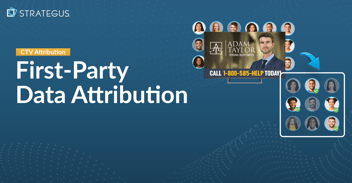
First-Party Attribution: Match Ads to Sales With CRM Data
The value of first-party data continues to grow.
7 minutes read



